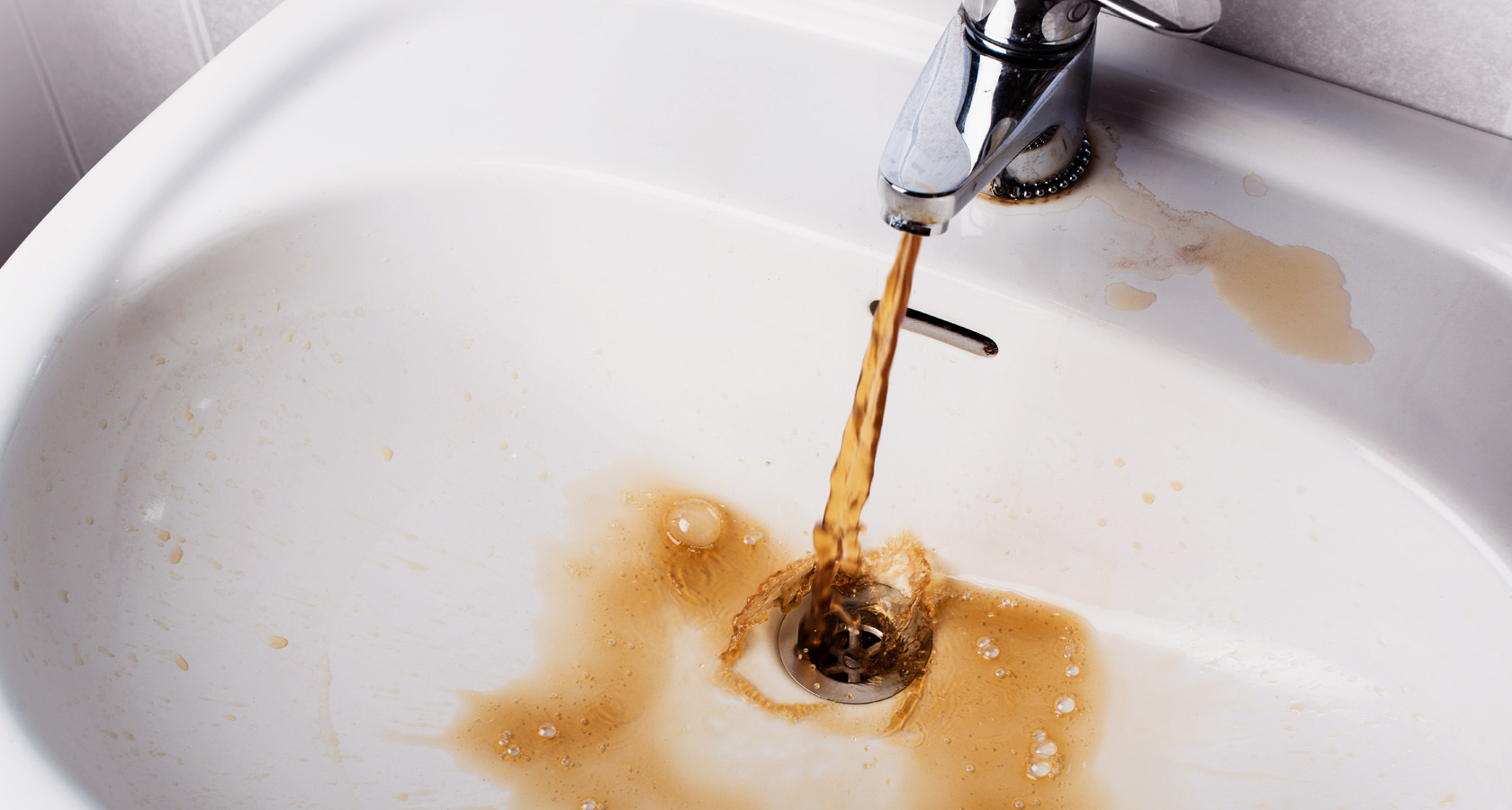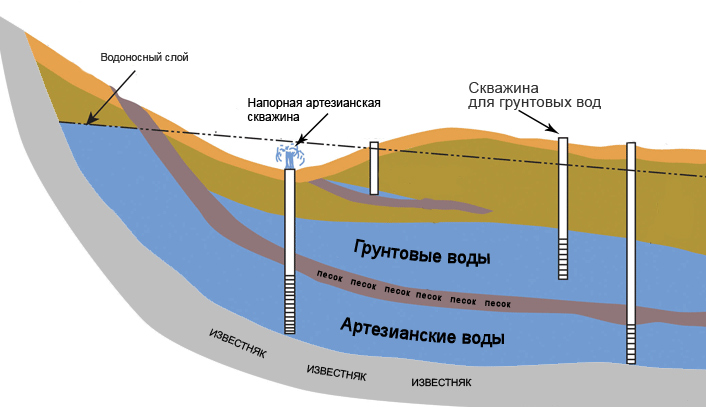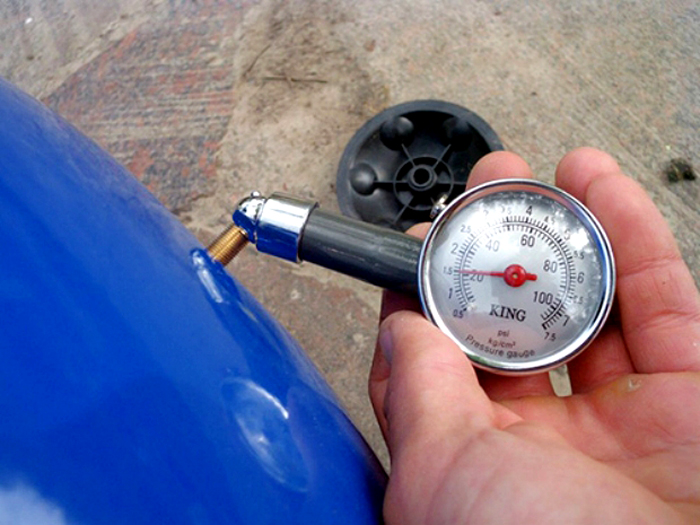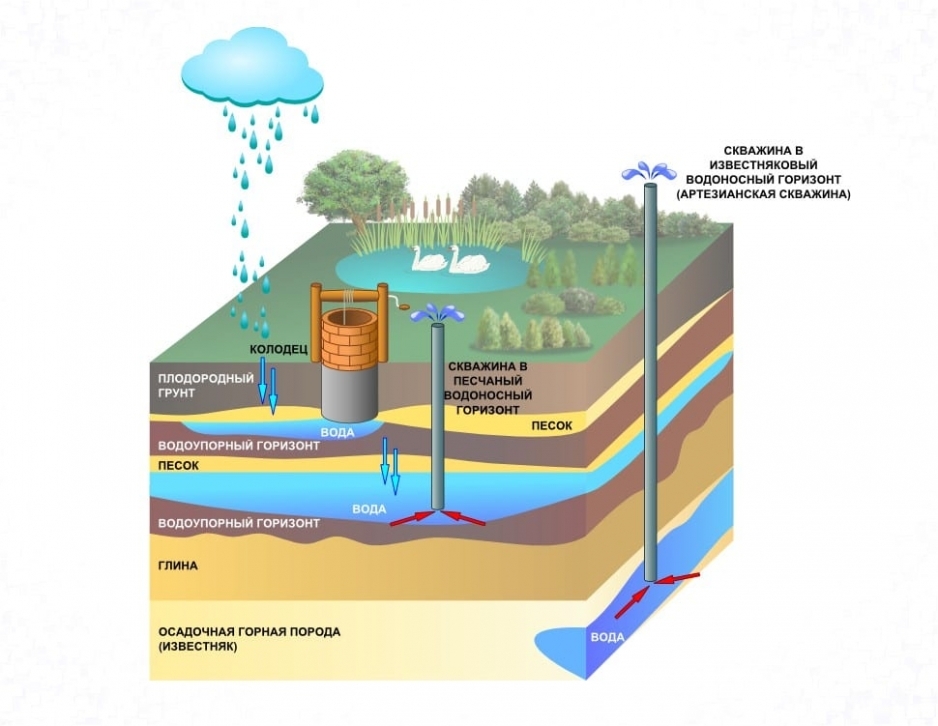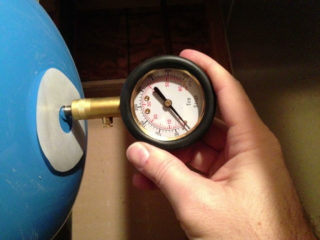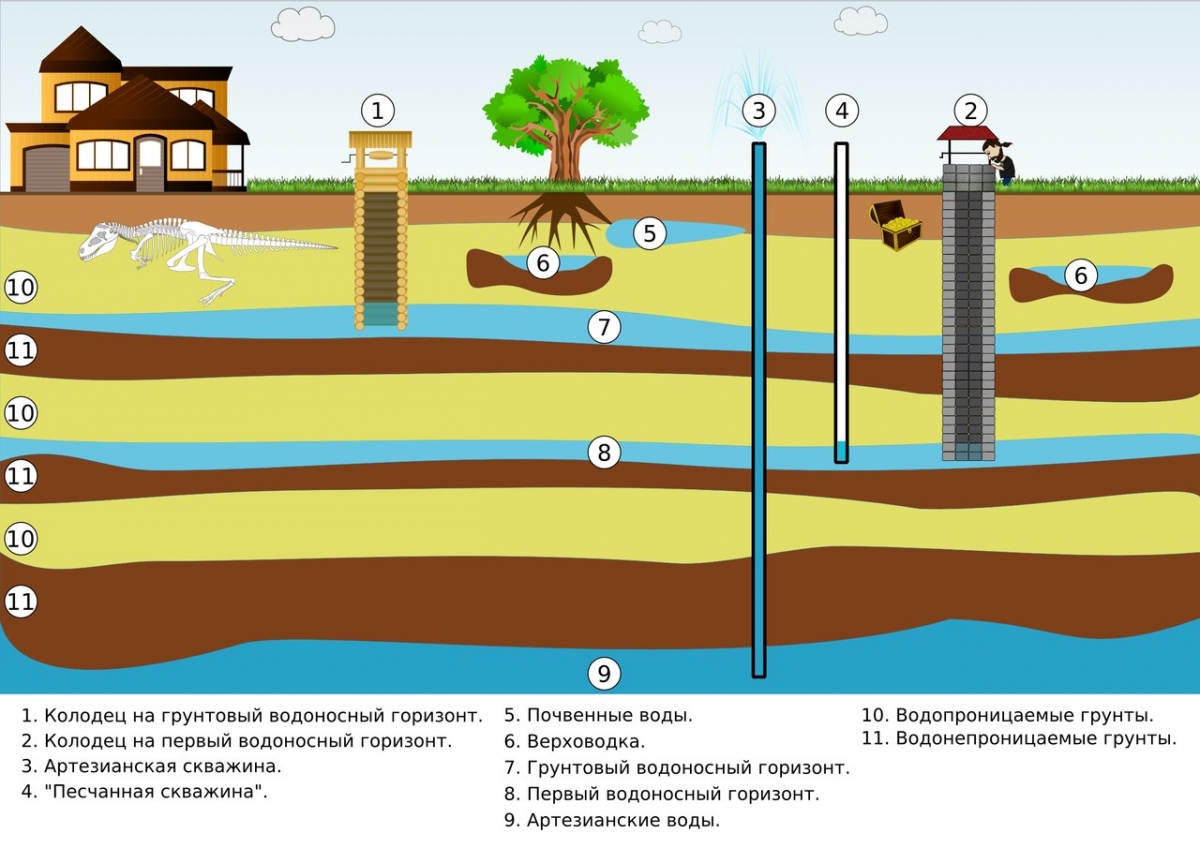Flexible water supply hoses in a metal braid are used for joining plumbing elements. Due to the pliability of rubber and metal, it is possible to conduct water even in hard-to-reach places: supplying it to the toilet cistern or connecting a mixer under the kitchen sink. When choosing a flexible conduit, you need to rely on its technical characteristics: length, type of braid material.
Scope of application
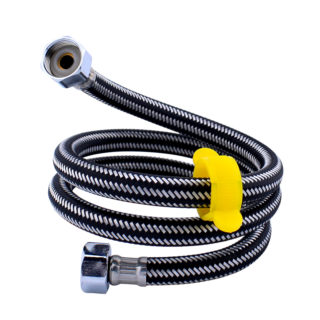
As a rule, flexible liners are used in such cases:
- mixer connection;
- shower stall device;
- water supply line to the plumbing tank.
The hose can be used as a conductor for hot / cold water only or for both types. Some craftsmen use plumbing elements for installation on gas stoves. But it is undesirable to do this. There are separate items for gas equipment.
Classification of water supply hoses
Despite the fact that plumbing hoses for hot and cold water perform the same function, they are divided into types according to the material of manufacture of the outer part - braid, according to purpose and type.
Manufacturing material
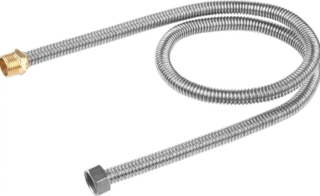
There are two types of water pipelines:
- Bellows. The body is made of stainless steel in the form of a corrugation. Metal is stronger than rubber. The steel water conduit is inert to temperature extremes in the range from -50 to +250 degrees. A rubber hose cannot boast of such qualities.
- Reinforced. The inside of the water conduit is made of elastic rubber. To protect it from sharp bends, breaks, it is placed in a special metal braid. This is the most demanded type of product.

The braid, in turn, is made from the following materials:
- Aluminum. The most short-lived species. Serves no more than three years, after which it becomes unusable. Thin threads just break.
- Stainless steel. This type of material lasts up to 10 years. The maximum temperature at which a plumbing, steel-reinforced hose can operate is ─ / + 95 degrees.
- Nylon. This type of braid is even stronger than steel. A hose with nylon is called reinforced. It serves up to 15 years and can withstand up to +110 degrees. It is necessary if the pressure in the water supply network exceeds 5 atmospheres, and the operating water temperature is above +85.
For water, it is better to take a water pipe with a stainless steel fitting. Aluminum behaves badly over time.
Appointment
According to their purpose, water conduits are divided into three types:
- for hot water (with a braided red thread);
- for cold (blue in weaving);
- universal (has both threads).
Professionals recommend that you always install the latter type of hose. You never know what will happen to the water supply during operation.
Main selection criteria
- Length of the product. It should be enough from one plumbing point to another with a small margin. A too long water conduit will form strong kinks and creases, which is undesirable. In turn, the purchased short hose will not fulfill its function. There should be no strong tension either.
- Union nut diameter. All dimensions (cross-section, length) must fit the existing technical openings and sleeves on which the water conduit will be slung.
- Braid material. Better to take steel or nylon.Aluminum is short-lived. When buying, they are distinguished from each other by weight. Steel is heavier.
- The purpose of the element. You need to be guided by the color of the woven thread when buying a hose for hot water supply or cold water supply.
- Fitting. Should be stainless steel only. Plastic (PVC) and aluminum will not work for a long time. It is important that the spigot has a good grip on the braid. This will ensure a tight connection.
- Union nut. Has an impressive weight and density. If it is too light, then it is made of low quality metal.
- The flexibility of the conduit. Bad rubber and sheath will crack over time.
- Manufacturer. Some people think that hoses from a foreign manufacturer are better. However, domestic products wins in several areas (price, strength, durability).
They rely on the cost of the product last or compare products in the same category (by type of braid material, diameter, length, etc.).
Connection methods
You can connect a flexible water pipe in one of two ways:
- Manually. The union nut is simply finger-tightened. You do not need to use any additional equipment. Experts also assure that there is no need to use special windings and seals.
- With an adjustable wrench. It is needed not so much to tighten the nut more tightly, but to get to it in hard-to-reach places.
Experts advise avoiding over-tightening the nut. It is enough just to turn it to a slight stop. Otherwise, the union, gasket and nut may deform over time.
Water conduit installation rules
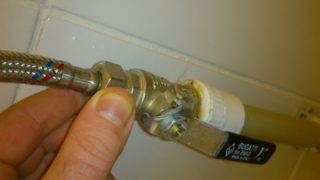
To install a flexible hose, you must proceed according to the following scheme:
- Cut off the water in the riser or the plumbing point from which the work is being carried out.
- Carefully dismantle the old hose without using much effort or pulling it. Failure to do so can damage the mixer parts.
- If the product comes with a mesh nozzle (it plays the role of a filter), install it before installing the hose.
- Connect the fittings and tighten the union nuts.
The assembled hose is checked for tightness. Turn on the water supply and monitor for possible leaks. If there are none along the entire length of the conduit, the work is done correctly.
In the event of a malfunction (leakage), remove the hose and contact the point of sale with it. If there is a check, the plumbing element must be replaced with a better one.
If water leaks in the area of the flare nuts, you can use fum tape to seal. To do this, you will have to unwind the hose.
Cost of water supply hoses
The price for flexible conduits varies greatly depending on the following parameters:
- length of the product;
- section;
- type of braid material;
- type of hose;
- the purpose of the water conduit;
- product manufacturer;
- availability of additional options (heating).
In general, the price of a flexible hose for a water supply system ranges from 39 to 770 rubles. and higher. How expensive a water conduit to take and whether it is needed like this, each master decides for himself.
When buying plumbing items, it is always important to consult with the seller to avoid common mistakes.


